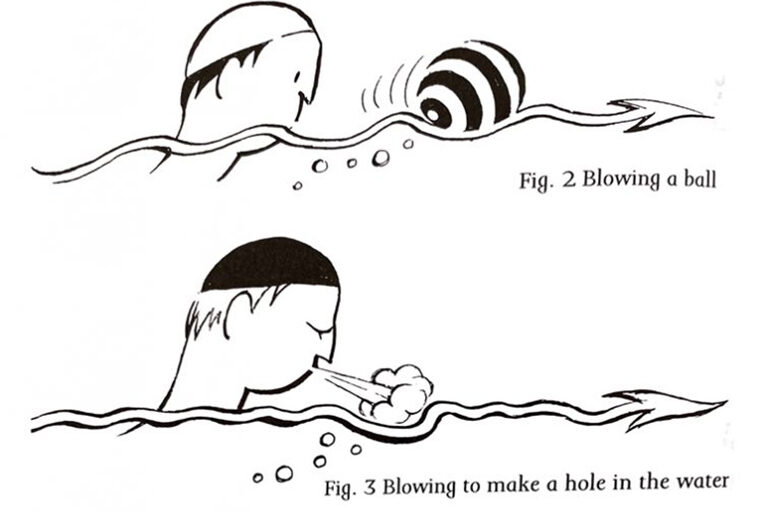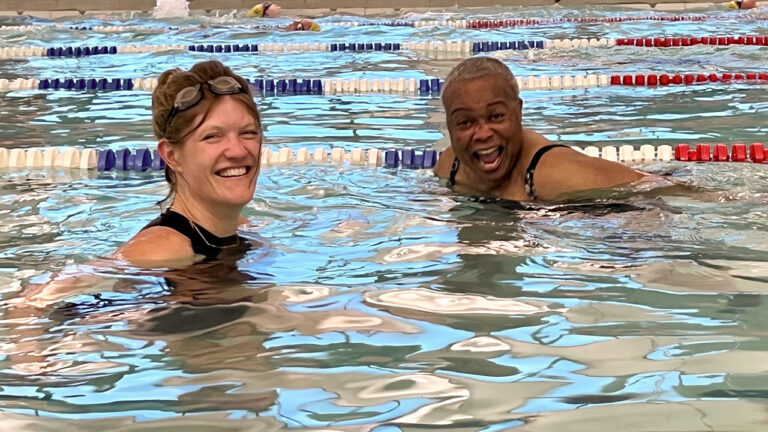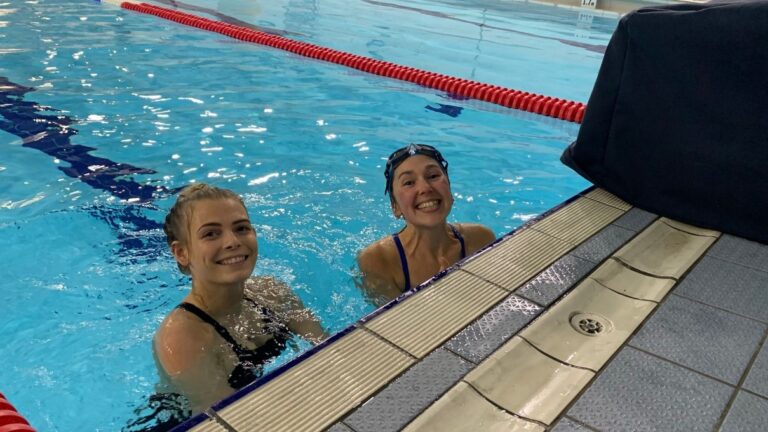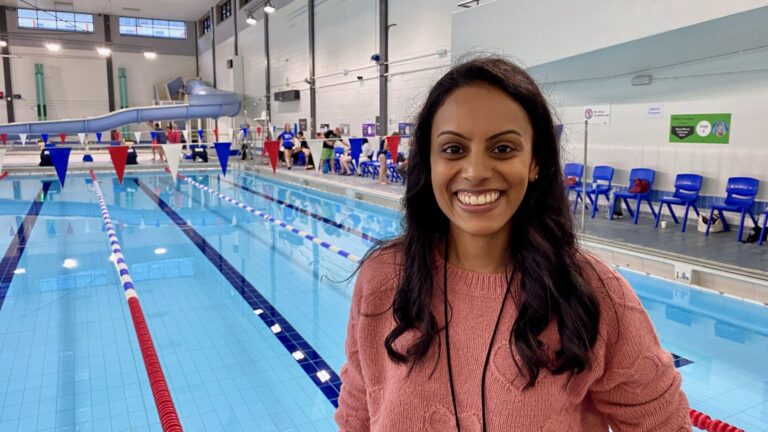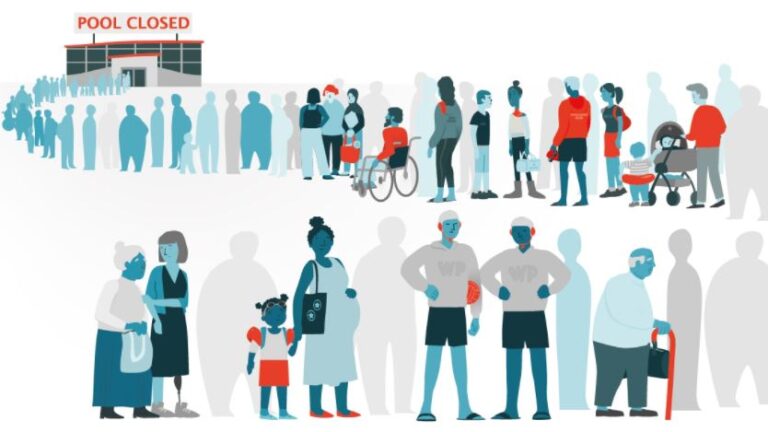Breathing exercises are a really good place to start with a new swimmer, or even one who has been swimming for a while.
Being able to control your breathing is even more vital in the water than on land, for safety and because you have to be able to control its timing. It is often more challenging for people with disabilities than those without. They may find it harder to move their chest, may not have fitness built up from other exercises, or may have a health condition that makes it more difficult.
Swimming increases the body’s demand for oxygen, training teaches you to breathe deeper and more efficiently, which enables you to breathe in a calm way.
Aside from enabling you to increase propulsion, breathing has a big influence on:
- Physical elements:
- Technique – holding your breath causes tension in the body & contracts muscles
- Balance and alignment of the body in the water – drawing too much air makes your chest more buoyant than it should be
- Also mental – it is important to relax and not panic. Failing to exhale causes CO2 build up and creates that suffocation feeling.
Breathing Tips & Exercises
Many people with disabilities or new swimmers are likely to benefit from practicing breathing exercises, to both improve skill and benefit from the mindful act of focussing on their breathing.
Tips:
- Exhalation should take twice as long as inhalation. This ratio makes for a natural breathing sensation and can relax you in the water.
- Breathing out should be through the mouth.
Due to this emphasis on the exhale, most exercises focus on this element. Here are some breathing drills that work really well for beginners:
- Blowing a ball along the surface of the water (fig. 2).
- Blowing onto the surface of the water to create a dip/hole in the water (fig. 3).
- Submerging just the swimmers mouth in the water (keeping eyes and nose above water) and blowing bubbles, this can also give confidence of having face submerged (fig. 4).
- Nose and mouth submerged underwater and humming (fig. 5). This drill can be used to play “Guess The Tune” with a volunteer.

Progressive Breathing Exercises
These drills should be taught from the outset so that people feel confident exhaling in the water. Once swimmers are comfortable with these they can progress onto practice more specific breathing exercises as demonstrated in the videos below:
Basic Breathing Exercises
How to Breathe When Swimming
Helping new swimmers practice these drills can help to reduce stress and build confidence in the water and should be considered an essential part of the teaching toolkit.
